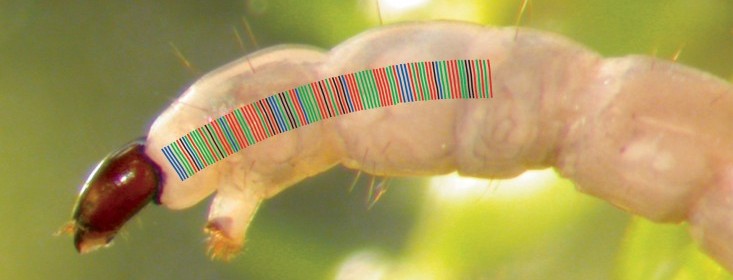What is DNA Barcoding?
DNA Barcoding has emerged as a global standard for assigning biological specimens to the correct species. Research projects on insects, birds, fish, algae, and many other taxonomic groups are currently running, and many new are being planned. Some are global research campaigns involving dozens to hundreds of contributors, and others are the work of a small team focusing on a small taxonomic group. All these barcoding projects share the goal of building an open-access database of reference barcodes that will improve our understanding of biodiversity and will allow non-taxonomists to identify species.
Identifying organisms can be difficult. Many species look so much alike that only a few experts can identify them. Even these experts can’t identify many juvenile forms or a specimen that has been damaged. This becomes critically important when it comes to identifying agricultural pests or invasive species at border control stations, or detecting products made from endangered species. Giving non-experts a way to identify species would open a goldmine of biological knowledge to students, teachers, government officials, and the general public, and would transform our ability to understand and protect biological diversity.
For further information, see the Barcode of Life website at Rockefeller University with brochures in pdf-format on Ten reasons for barcoding and Barcoding Life Illustrated.
There are two blogs on DNA barcoding that are very useful for a fast update on news and developments in DNA barcoding: Dirk Steinke’s blog on DNA barcoding and the Barcode Blog by Mark Stoeckle at the Rockefeller University.

 English
English  Norwegian Bokmål
Norwegian Bokmål 